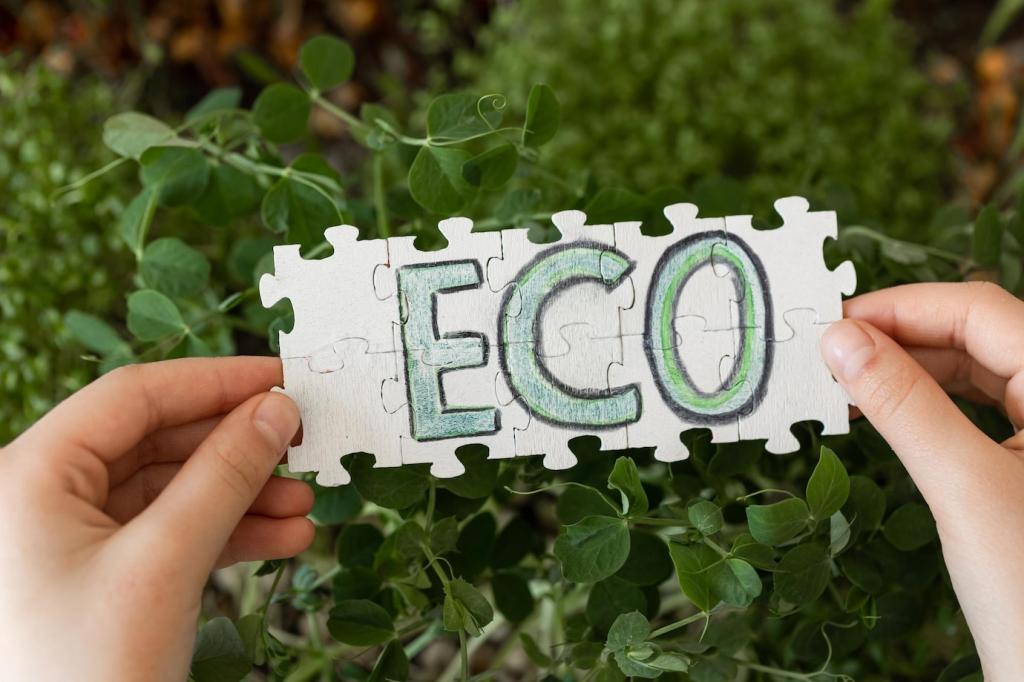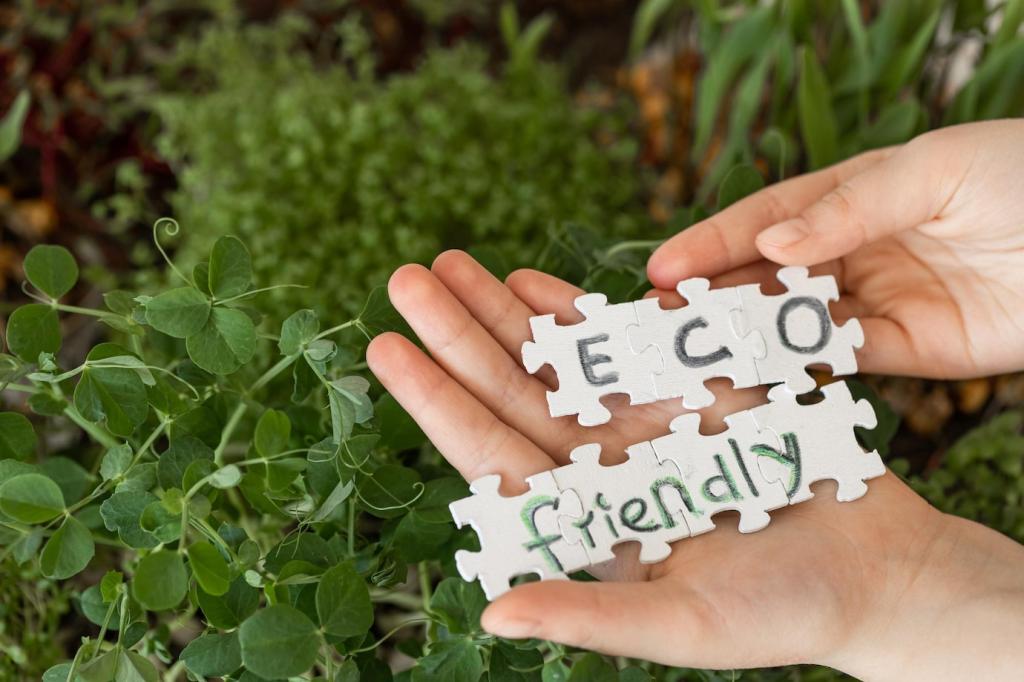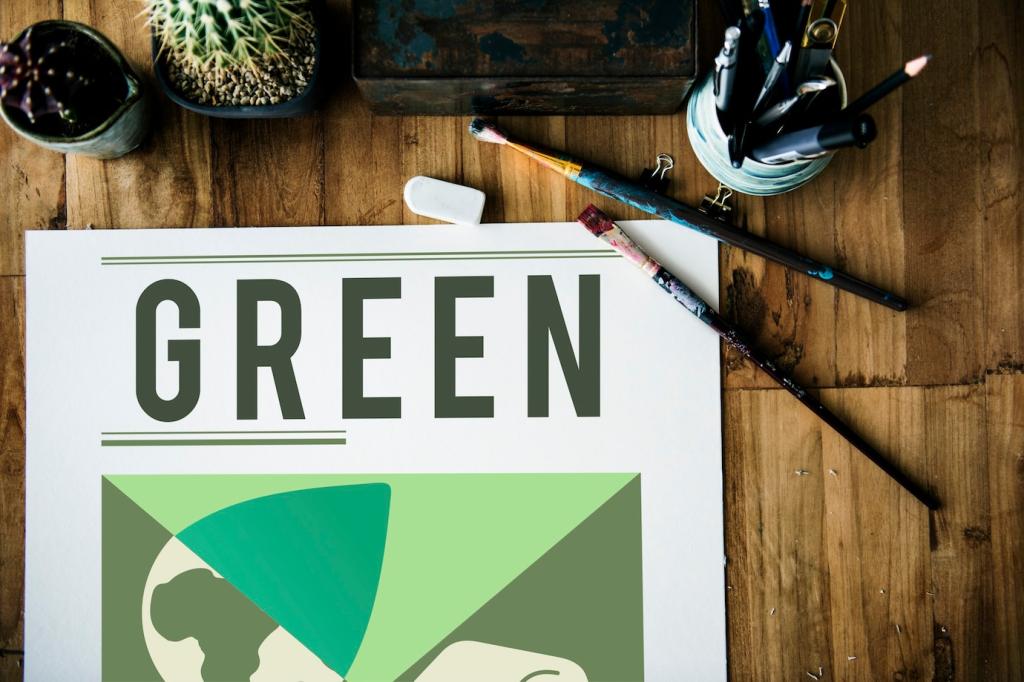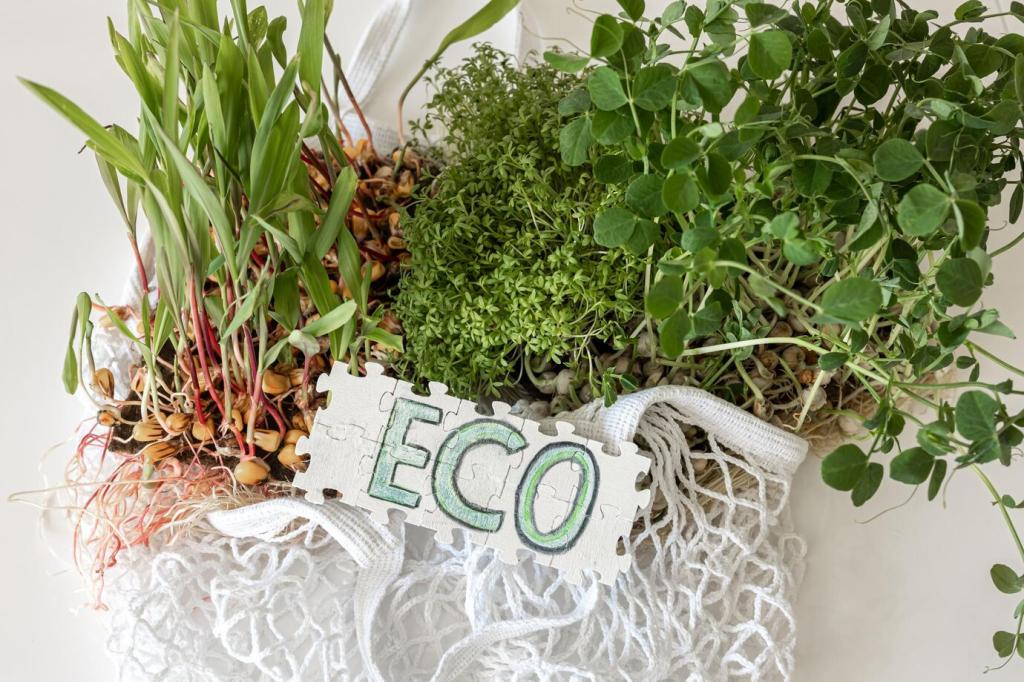Accessibility and Inclusion as Sustainability
Use clear headings, sufficient contrast, alt text, and meaningful link labels. Provide transcripts and captions. These practices reduce friction, extend content lifespan, and make your work shareable across contexts and abilities.
Accessibility and Inclusion as Sustainability
Prefer plain language over jargon. Define terms once and provide examples. Inclusive wording lowers cognitive load, increases comprehension, and invites more voices to participate in dialogue, comments, and long-term collaboration.






